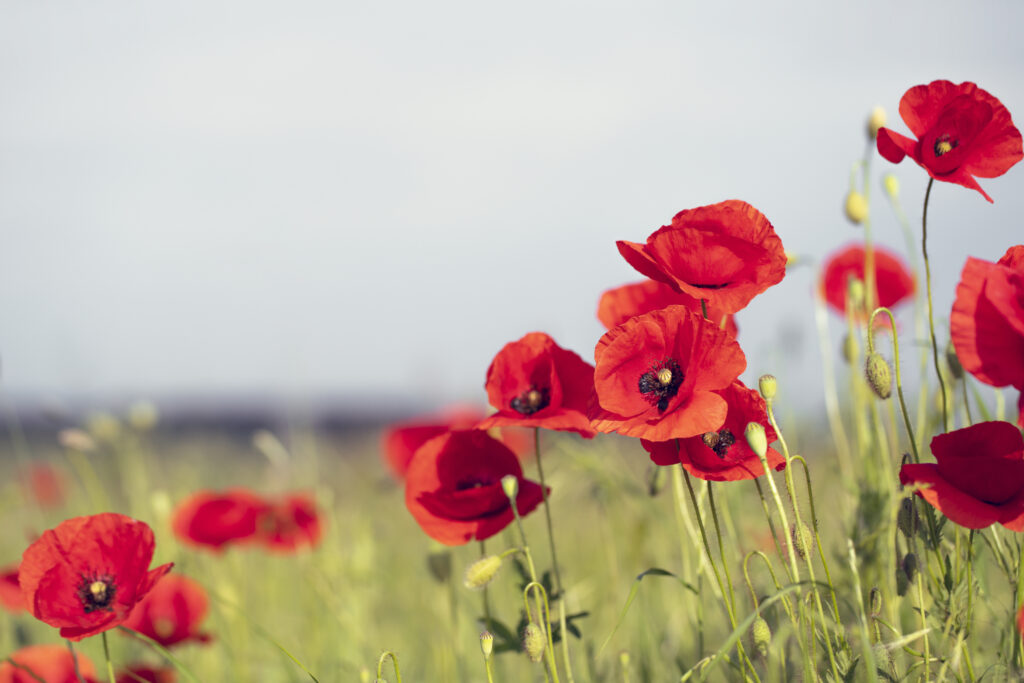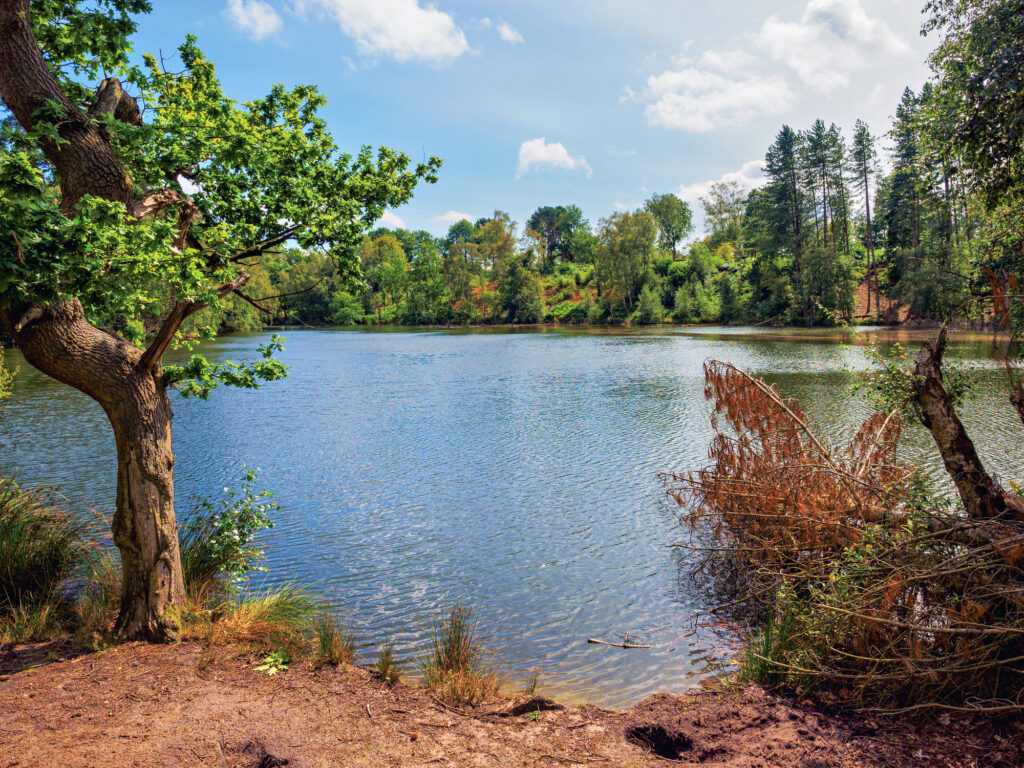There are many beautiful hotspots around the UK where you can see some of the world’s best wildlife with your very own eyes. Being out exploring nature safely is one of the greatest pleasures in life, and when it comes to Cheshire, we know a thing or two about some of the best areas.
With that in mind, throughout the year there are some beautiful sights to see around some of Cheshire’s nature reserves. So, whether you’re reading this in the depths of winter or the height of summer, you’ll get some great tips to see some flora and fauna.
The best time of year to see your local wildlife
When it comes to trying to spot animals, insects or plants, you can make your attempt at any point in the year – so long as you know what you’re looking for! Here are some tips across each season to get you started.
Spring
Spring often brings with it new life and fresh starts, typically lasting from March until May. Look out for flowers blooming, such as bluebells that are at their best in late April and hawthorn with its white blossom that appears in April to May. One of the biggest signs that spring has arrived is the emerging bees. The first ones out will be the queens who have survived the winter, looking for pollen from some of the early flowers.
Frogspawn can be seen in local ponds as both frogs and toads start their breeding season. They typically travel through the night and find ponds to breed in.
Summer
Bats are at their most active during the evenings, especially in warmer weather. It’ll be tricky to tell which species are flying past, but it’s most likely to be the pipistrelle. Summer is also a great time to look out for butterflies, including the most common garden butterflies like the comma, red admiral and meadow brown.
Poppies bloom throughout the summer, typically found along road verges and field edges. They usually flower throughout May and June.

Autumn
Throughout autumn you’ll see the world change colour. Start looking out for conkers, also known as horse chestnuts. You can collect these and play a classic kids’ game! You might also spot blackberries which come into fruition in early autumn. You can also see other berries such as elderberries and hawthorn berries, all of which are great food sources for birds, squirrels and hedgehogs.
If you live in area where deer are present, you might find deer ruts. Autumn is usually when the stags develop antlers and will likely fight other males for female attention.
Winter
Despite the colder temperatures, there’s still a lot to see in winter. Any snowfall or ice can provide the perfect canvas for tracks and footprints, so keep an eye out for these! You might see the prints of a fox or a badger.
Wildfowl are at their best in the winter, including ducks, swans and geese. Male ducks are at their brightest during this season, and if you look up you might see flocks of migratory geese too.
Nature hotspots in Cheshire
Cheshire is home to an incredible array of wildlife and nature hotspots. It’s important to remember that if you are out and about, you should be mindful of any wildlife and be sure to keep your distance.
Delamere Forest
This is a large wood in the heart of Cheshire, covering over 900 hectares which makes it the biggest area of woodland in England. You can see a whole host of wildlife here, including woodland birds like tawny owls and woodpeckers, as well as dragonflies and even common lizards.

Red Rocks Nature Reserve
The Red Rocks Marsh is Cheshire’s only coastal reserve, home to sand dunes and marsh. Located on the Wirral, you’ll find special plants that have evolved to survive in the dry, sandy conditions. Look out for orchids, sticky stork’s bill and fairy flax, as well as animals like Natterjack toads.
Gowy Meadows
158 species of bird have been recorded at Gowy Meadows, which is a larger site for showcasing Cheshire’s biodiversity. You might spot the likes of great white egrets and merlin if you keep a keen eye out!
This area is also known for its aquatic invertebrates, including the lesser known silver water beetle and dragonfly and butterfly species.
Warburton’s Wood
This ancient woodland on the edge of the River Weaver is home to an incredible amount of blooming flowers, including bluebells, primrose and common violet. You’ll likely be able to spot the dawn chorus of birds here at the right time of year too.
See nature up close at Blue Planet Aquarium
Here at Blue Planet Aquarium you have the chance to walk through an open-air exhibit to see some of the diverse flora and fauna. We teamed up with local conservation groups to offer an incredible habitat for this wildlife, which can include hedgehogs, moorhens, insects and more.
Our Nature Walk exhibit is the perfect place to enjoy a green space and the good old English weather! Book your tickets today to come and see it for yourself.
